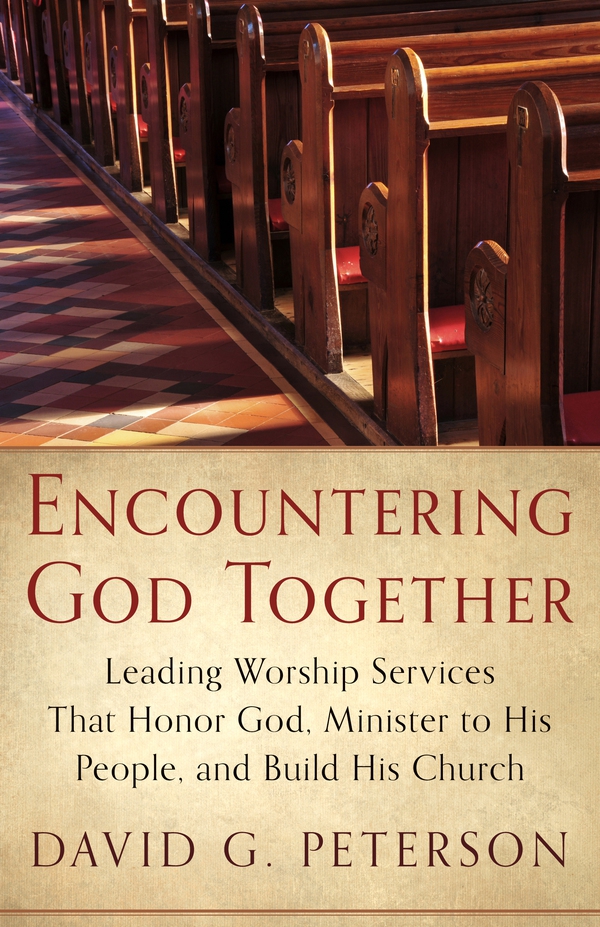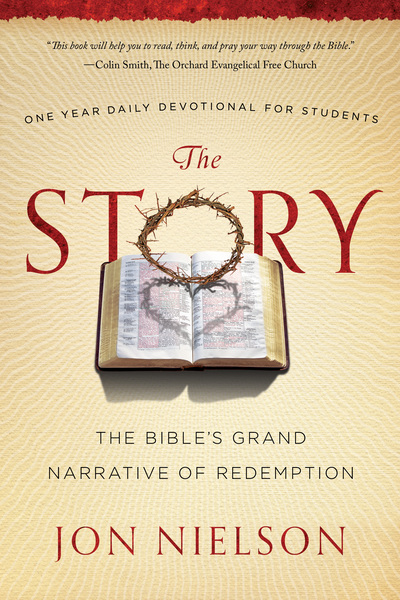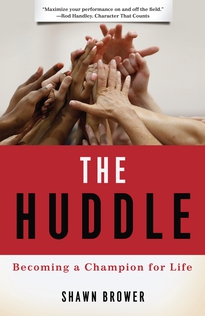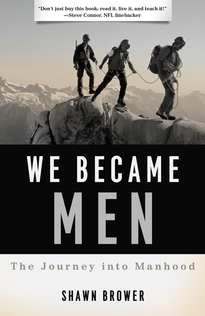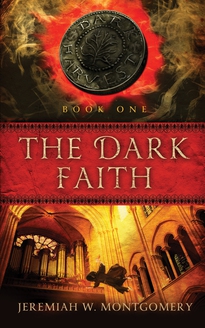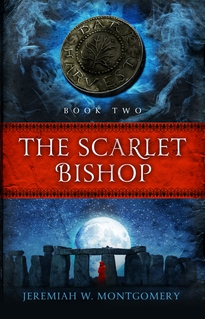Below is an excerpt from The Christ of the Empty Tomb
by James Montgomery Boice.
“One of the great historical evidences of the resurrection of Jesus Christ is the empty tomb. But the remarkable and quite startling fact is that when Peter and John arrived at the tomb on the first Easter morning it was not quite empty. The body of Jesus was gone, but something was still there. The graveclothes remained behind. The Bible suggests that there was something so striking about them that John saw them and immediately believed in Jesus’ resurrection.
That is significant, for it marks the first time there was an indication of belief by one of the disciples. As we saw earlier, Ernest Renan argued that faith in the resurrection was the result of the rumors spread by Mary Magdalene who had suffered a hallucination, thinking she had seen Jesus. But that could not be. Mary suffered no hallucination. The last thing in the world she expected was the resurrection of her Lord. And John, at least, testified that he believed some time before Mary ever returned to the tomb and met Jesus in the garden.
The time element is of great interest here. It provides valuable background to the experiences of Peter and John at the tomb. Critics have made much of the so-called discrepancies in the gospel accounts, but there are no discrepancies when the accounts are correctly understood.
Jesus had been crucified either on Friday (as the church has generally believed) or else on Thursday (which is less widely held but which seems to fit the evidence). Regardless, Jesus lay in the tomb until the resurrection, which certainly took place before dawn on Sunday morning. At that point the women came to the tomb from Jerusalem bearing spices to anoint the body. There were at least four women and probably more. Matthew says that the group included Mary Magdalene and the other Mary, that is, Mary the mother of James. Mark adds that Salome was present. Luke says that Joanna was also along and others. The women started out while it was still dark and arrived at the tomb in the early dawn while it was still difficult to distinguish objects.
On reaching the tomb the women were astonished to find the stone removed from the entrance. We must imagine them standing about, afraid to go too close, wondering what had happened. Who moved the stone? Had the tomb been pilfered? Had the body of Jesus been stolen? Had Joseph of Arimathea removed it to another place? What were they to do? At last they decided that the disciples must be told, and Mary Magdalene was dispatched to find them. Not one of them imagined that Jesus had been raised from the dead.
After a while it began to grow a little lighter, and the women grew bolder. They decided to look into the tomb. There they saw angels. The women were afraid. But an angel said, “Do not be afraid, for I know that you are looking for Jesus, who was crucified. He is not here; he has risen, just as he said. Come and see the place where he lay. Then go quickly and tell his disciples” (Matthew 28:5–7).
Mary meanwhile found the two chief disciples, Peter and John, presumably in John’s house where the beloved disciple had taken Mary on the day of the crucifixion (John 19:27).
The two disciples immediately started for the tomb, running and leaving Mary far behind. John was the younger man. Consequently he arrived at the tomb first, stooped to look through the narrow opening and saw the graveclothes. Then Peter arrived, out of breath and in a hurry as usual; he brushed John aside and plunged into the tomb. When John saw the graveclothes, he saw them only in a cursory manner and from outside the tomb. The Greek uses the most common word for seeing. But when Peter arrived he scrutinized the graveclothes carefully. The Scripture uses a special word (theoreo) for what Peter did. The Bible says that Peter “arrived and went into the tomb. He saw the strips of linen lying there, as well as the burial cloth that had been around Jesus’ head. The cloth was folded up by itself, separate from the linen” (John 20:6–7, italics added). At that point John entered, saw what Peter had seen, and believed in Jesus’ resurrection.
That was the first moment of belief. In that moment John became the first Christian. It was not until later that the first appearances of the Lord began. Jesus appeared first to Mary Magdalene, who arrived back at the tomb after John and Peter had returned to the city. Next He appeared to the women who were then still on their way back to the city, then to Peter alone, then to the Emmaus disciples, finally, later that night, to all the disciples as they were gathered together in the upper room. All the disciples who saw the risen Lord believed. But John believed first. And he did so before he actually saw Jesus. What made him believe? What did he see that convinced him of Jesus’ resurrection?”
*Excerpt taken from pages 75-78 of The Christ of the Empty Tomb by James Montgomery Boice.


